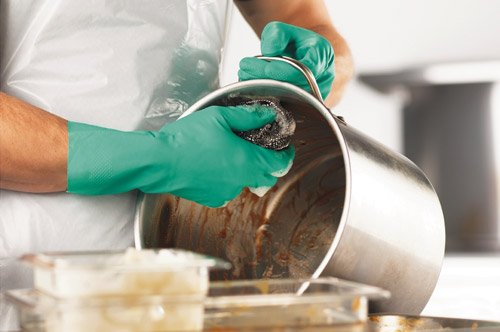Inside BENEO’s new pulse plant: pioneering sustainable protein from faba beans
The amount of light is transformed in the luminometer to relative light units
By swiping surfaces in commercial food processing plants with specially designed rapid-testing adenosine triphospate (ATP) swabs – which produce a light similar to the glow of fireflies in the presence of microorganisms – spoilage and foodborne illness could diminish, according to a new study from Cornell food scientists in the US.
The amount of light is transformed in the luminometer to relative light units, where this value is displayed on the instrument. If it exceeds a defined threshold value, the surface would be considered dirty and may indicate that cleaning operations were not performed properly.
Results show that targeted cleaning – demonstrated by ATP monitoring, and verified by further microbiological tests – can improve the environmental hygiene of food-processing facilities.
“Food scientists know that for processing plants, visual inspection is not a reliable indicator of cleaning-protocol success,” said Randy Worobo, professor of food science in the College of Agriculture and Life Sciences (CALS) and faculty fellow at the Cornell Atkinson Center for Sustainability. “All food factory ‘ecosystems’ are prone to niches where microorganisms can hang out or where food residues can persist. We need to find them.”

